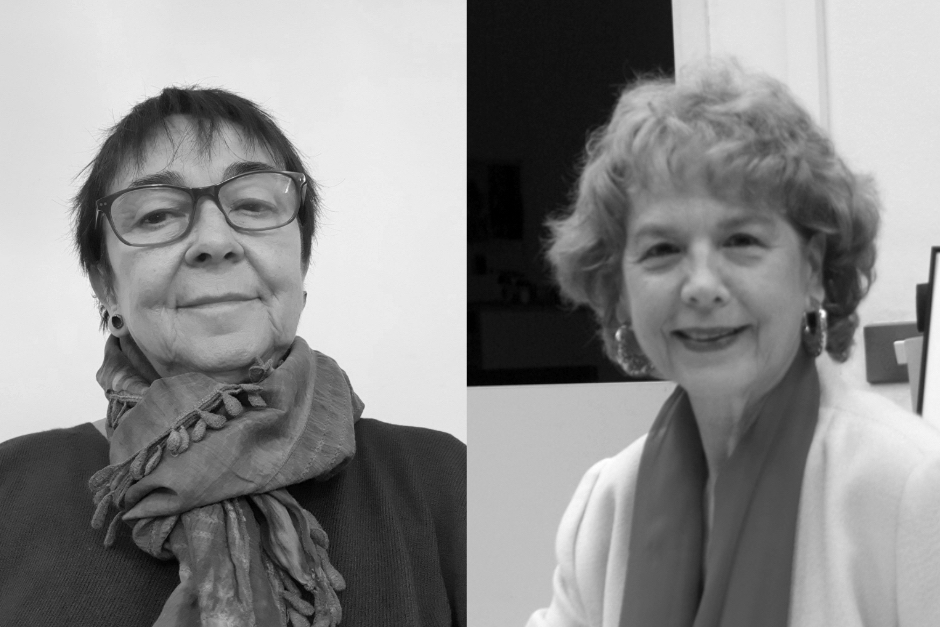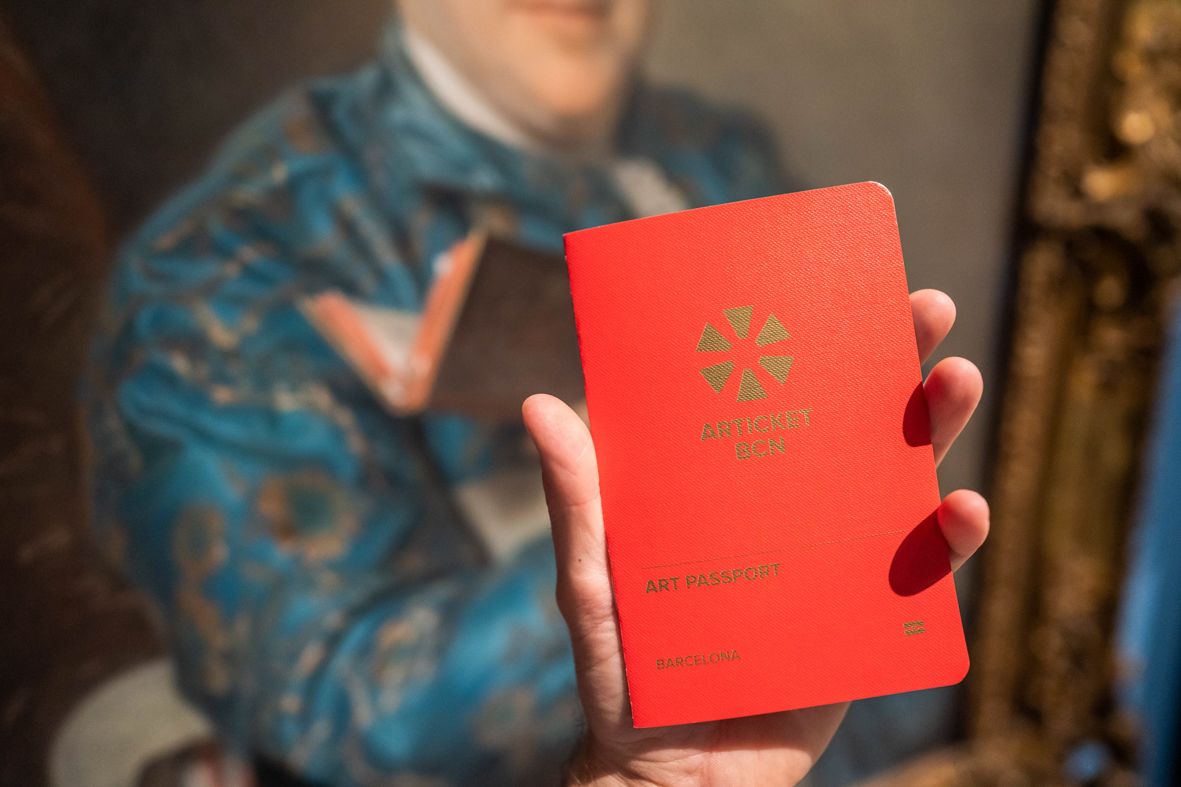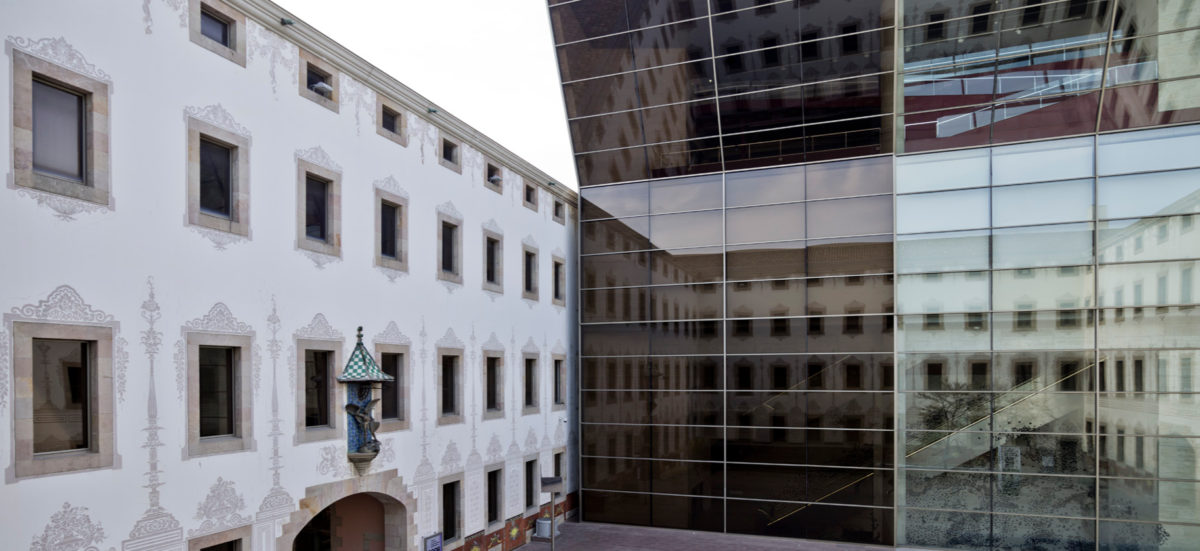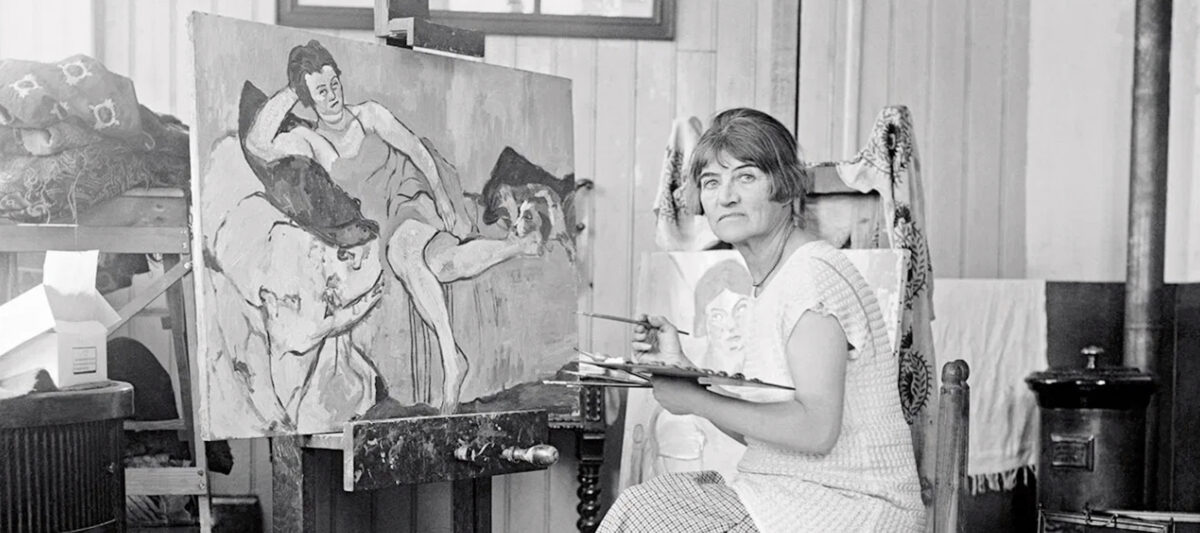Articket is much more than just a passport to art. It is a collaborative initiative that emerged 25 years ago when the teams at Barcelona’s leading museums joined forces to make art accessible to one and all. We interviewed two of its founders, Dolors Ricart and Tere Pérez. One quarter of a century ago, they had the vision to drive the Articket project forward.
Do you remember the beginnings of the Articket group? How did the idea of working together come about and what were the initial steps?
DR. The Articket is the initiative spearheaded by a group of Barcelona art museum managers (MNAC, MACBA, Fundació Joan Miró, Fundació Antoni Tàpies and CCCB) who, more than 25 years ago, made the wise decision to set up a working group to explore common challenges and thus strengthen each other’s efforts to find solutions. It soon became clear that the group’s mindset encouraged them to increasingly share museum management issues that were of concern at that time. It certainly developed into a very close-knit team that exuded transparency and mutual understanding, and it combatted the isolation that often accompanied the management of cultural amenities.
The very structure and essence of the Articket meant that all the museums that were part of the Articket had a vested interest in the product’s success: since the museum that sold the Articket earned its admission fee, and the remainder was shared among all the Articket members, including the museum that had sold the pass. So when we sold an Articket, we were not only promoting our museum, but also all the other centres. I believe this constitutes the strength of the product. Those who sell the most do not lose revenue and they boost the amount of visitors and revenue in the other museums.
TP. We were about to step into the 21st century and combination tickets were all the rage. We were sure we needed to think about the scenario in Barcelona. There were originally five centres with different characteristics and we all had a strong footing in the world of culture. That’s how it all started: as a way of selling combination tickets, providing both an economic and management solution.
Do you believe that the presence of a female majority on the team has marked its approach?
DR. Initially, when the team of managers of these museums was set up, most of them were men. Over the years, the Museu Picasso also joined the working group and became part of the multi-museum pass and very soon, more women took over as managers of some of these museums. I think that women did not have a majority presence in the shaping of the Articket concept, but they were involved in its development over the years. Because, on the basis of the management team, a communication team was also created for the museums that were part of Articket. In this case, women were in the majority, and they played a very active role, coming up with loads of ideas, which, with great success and creativity, tuned and tweaked the product and extended its reach with terrific communication campaigns.
TP. The fact that the team was all-female certainly played a role in its nature, but we were thrilled to have people like Manel Foraster and Manel Baena on board.
Dolors Ricart: There have been countless moments in 25 years. The most moving one, however, is to be able to celebrate this anniversary with an Articket that is bursting with life and with huge potential for future growth.
What has been the hardest thing you have come up against over the last 25 years? Any particular challenge or choice to push the project through, for instance.
DR. Well, the challenge was to give the Articket exposure, so that it would be consolidated as a multi-museum pass that would offer an attractive discount and grant access to Barcelona’s best art museums, and that could be purchased both in the visitors’ country of origin and at each museum venue. A considerable amount of work went into its design to make it attractive, and a decision was made a few years back to make it a passport, facilitating its sale online in a fast and secure manner. I believe that we can safely say today that the celebration of its 25th anniversary is proof that it has been a successful initiative that is known worldwide. And it has been made possible thanks to the efforts of a whole host of museums, both public and private, who have striven to bring an attractive cultural initiative to fruition.
TP. Like any other project, there have been ups and downs. We had to agree on logos and proposals. The support of an external professional on a day-to-day basis was of enormous help to the group.
Do you have any special memories associated with Articket? An entertaining anecdote, a touching moment, a special person…?
DR. There have been countless moments in 25 years. The most moving one, however, is to be able to celebrate this anniversary with an Articket that is bursting with life and with huge potential for future growth.
TP. I will talk about two occasions: the meeting in Madrid with the Paseo del Arte pass, with museums such as the Museo del Prado, the Reina Sofía and the Thyssen. They didn’t have a network like ours and they appreciated our approach. The second is the conference on accessibility at La Pedrera. The MoMA in the Meet Me project decided to present tours for people with Alzheimer’s that they were organising. I didn’t think it was possible and it personally helped me to create activities that I am still working on today.
Based on your experience, do you have any advice for the future of Articket?
DR. My advice for further strengthening and extending the Articket is to ensure that it is not only a product for tourists, but that it is also purchased by local audiences, who may objectively be keen to access all the Articket’s museums at a substantial discount. It is like a commitment that visitors make to Barcelona’s leading art museums, enabling them to keep up to date with their exhibitions throughout the year. The Articket museums will reciprocate this commitment with fascinating exhibitions, covering a very wide spectrum of possibilities. Let us recall that the members are: a National Museum, with the treasures of Catalan art, the CCCB with highly rigorous and up-to-date exhibitions to understand the world around us, the city’s Museum of Contemporary Art, with a huge collection and many stimulating exhibitions, and the city’s three monographic museums: the Picasso Museum, the Fundació Joan Miró and the Fundació Antoni Tàpies, which are unique in the world! This would be my dream. An Articket for everyone to be able to experience at close hand everything that these six art centres in Barcelona have to offer, generating what could be the Articket Community where everyone, whether tourists or local visitors, can feel acquainted with and connected to these museums.
TP. Reinstating the seminars that helped us to reflect on our work and that could be extended to other colleagues from museums and art centres would also be interesting. Congratulations to Articket for its journey and to everyone who has made it happen.




